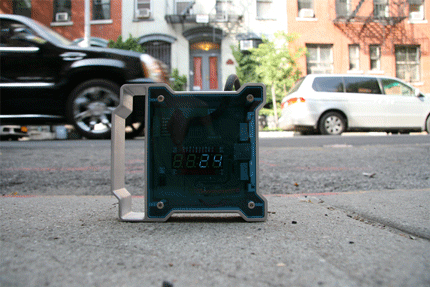Introduction
At Tomorrow Lab, we believe that rapid prototyping is the best way to bring a product from concept to reality. We offer our clients a comprehensive prototyping service that includes hardware design and development, rapid prototyping, and fabrication of components.
We will explore some of the materials and processes used in our rapid prototyping service. We’ll discuss what makes each material or process ideal for specific applications, from off-the-shelf components to custom-fabricated parts. Let’s dive into the materials and processes used in prototyping at Tomorrow Lab!
What is Rapid Prototyping?
Rapid prototyping refers to quickly producing a physical part, model, or assembly using 3D computer-aided design. This process is used to evaluate the design quickly and help identify areas for improvement. Rapid prototyping is essential for product development and is often used to test the feasibility and functionality of a design before committing to full production.
Rapid prototyping hardware includes 3D printers, laser cutters, and CNC machines. These tools allow us to build prototypes from a variety of materials quickly. Below are some of the materials and processes used to create prototypes.
CNC Milling/Routing
CNC milling and routing are processes used to cut or shape a component or material. The movable head of the machine is an excellent tool for creating intricate designs that may include cutouts for casting molds.
This process is often used to create parts from materials such as:
- Aluminum
- Plastic
- Wood
- Foam
Depending on what material must be cut, designers will select the appropriate machine – a CNC mill or router. CNC mills are designed for metal removal, while routers are made to cut soft materials like wood and plastic. Since aluminum is a soft metal, certain routers may also be able to cut through it.
Routers move faster and rotate faster than other tools because they cut through soft materials. Mills are typically utilized for tougher materials and are known for their precision in manufacturing industrial machined parts.
Extrusion
The extrusion involves heating material billets and forcing them through a specially designed metal die with a desired cutout. The result is a continuous piece with a uniform cross-section.
They become soft when heated aluminum billets to 800-925 degrees Fahrenheit. They can then be shaped into different shapes by pushing them through a die with lubricant on it. Liquid nitrogen is used to rapidly cool the die while pushing the billets through it to prolong its lifespan.
Here are the materials that can be extruded:
- Aluminum
- Copper
- Magnesium
- Zinc
Rotomolding
The roto-molding process involves creating a hollow plastic product with a uniform distribution. This is achieved by using a heated mold with two or more axes and either pouring in liquid resin or using powdered polymer. The mold is then rotated slowly, and the resin evenly coats all of the internal surfaces.
Several materials are commonly used, including:
- Polyethylene
- Polypropylene
- Polycarbonate
Stamping
Stamping is a method that involves using a machine to create shapes in metal sheets by applying extremely forceful pressure with a punch or die. The die cuts and shapes the metal while the punch makes holes.
Stamping presses are divided into two main categories: mechanical presses and hydraulic presses. Mechanical presses use a rotary system to transfer the motor’s rotating force into compressing the ram. Meanwhile, hydraulic presses rely on cylinder containers filled with pressurized oil to regulate the driving piston.
Injection Molding
The process of injection molding is widely used for creating plastic products. It involves injecting molten plastic into a die or mold to create the desired shape. Injection molding machines can also mold materials such as metal and glass.
The process begins with the resin being put into a feed that goes into a heated barrel as a part of the process. Next, the screw ram pushes the melted plastic into a different mold cavity connected to the clamping unit. After filling the mold, the pressure inside is kept constant while it cools down to the desired temperature.
The duration of the cooling process depends on factors such as the product’s size, thickness, material type, and temperature. Injection molding is perfect for quickly making many replicas because it can produce a fully finished mold in just a few minutes.
We make rapid prototyping easy
At Tomorrow Lab, we understand that rapid hardware prototyping is the key to bringing a product from concept to reality. As a rapid prototyping company, we have access to some of the best materials and processes available for hardware development, so you can be sure your products are created with quality in mind.Our designers and engineers will work closely with you throughout each stage of the process, from design and development through fabrication. With our help, you’ll be able to create high-quality prototypes quickly and easily! Contact us today if you’d like to learn more about our rapid prototyping services.


Leave a Reply